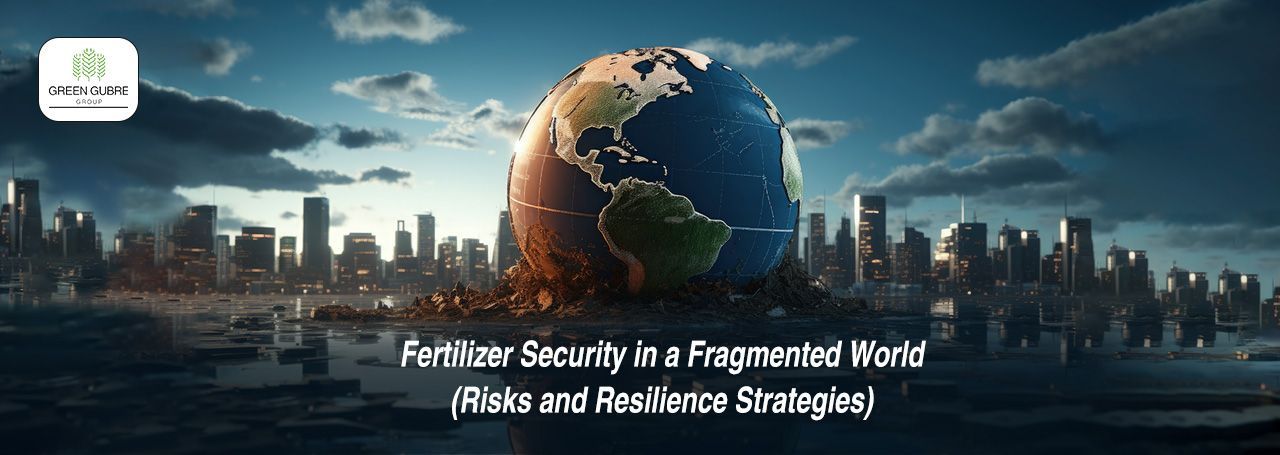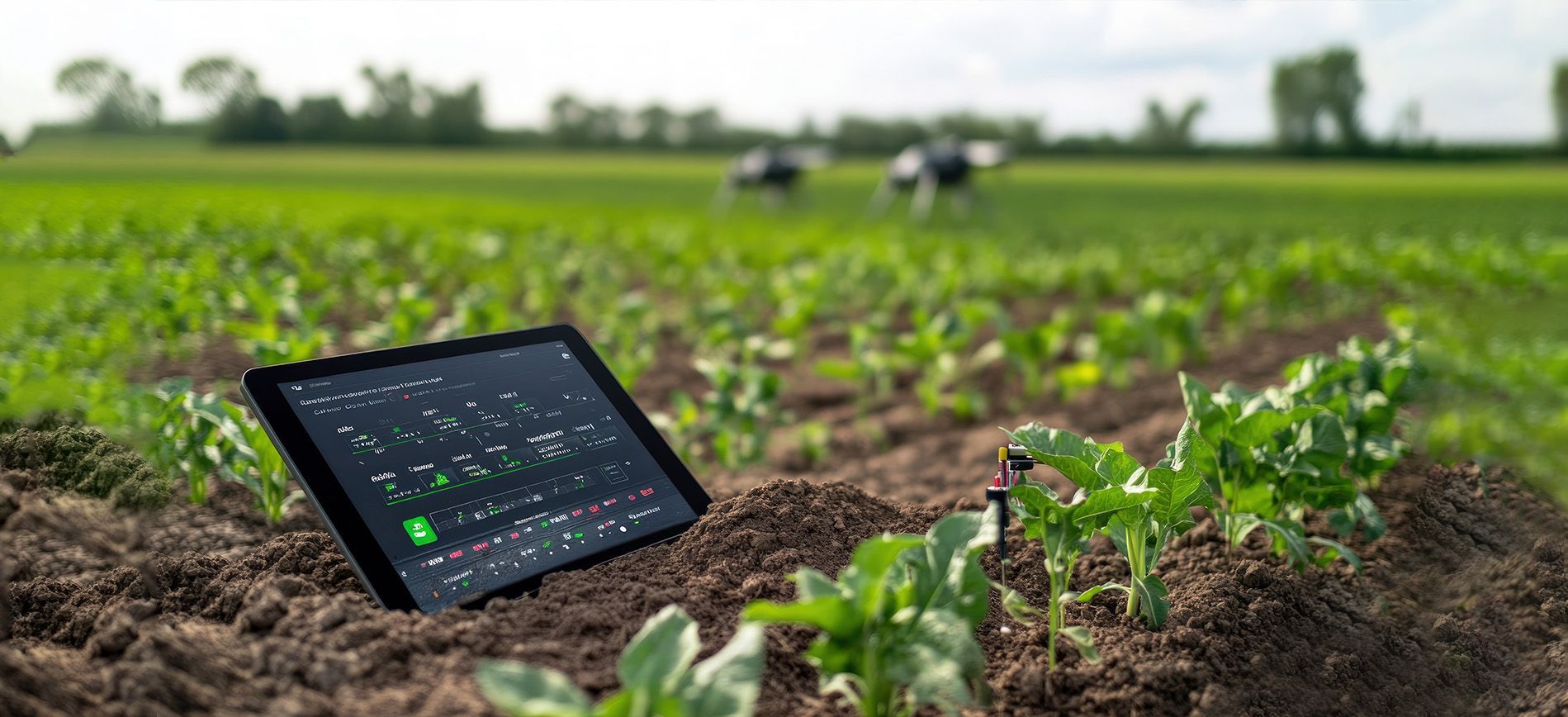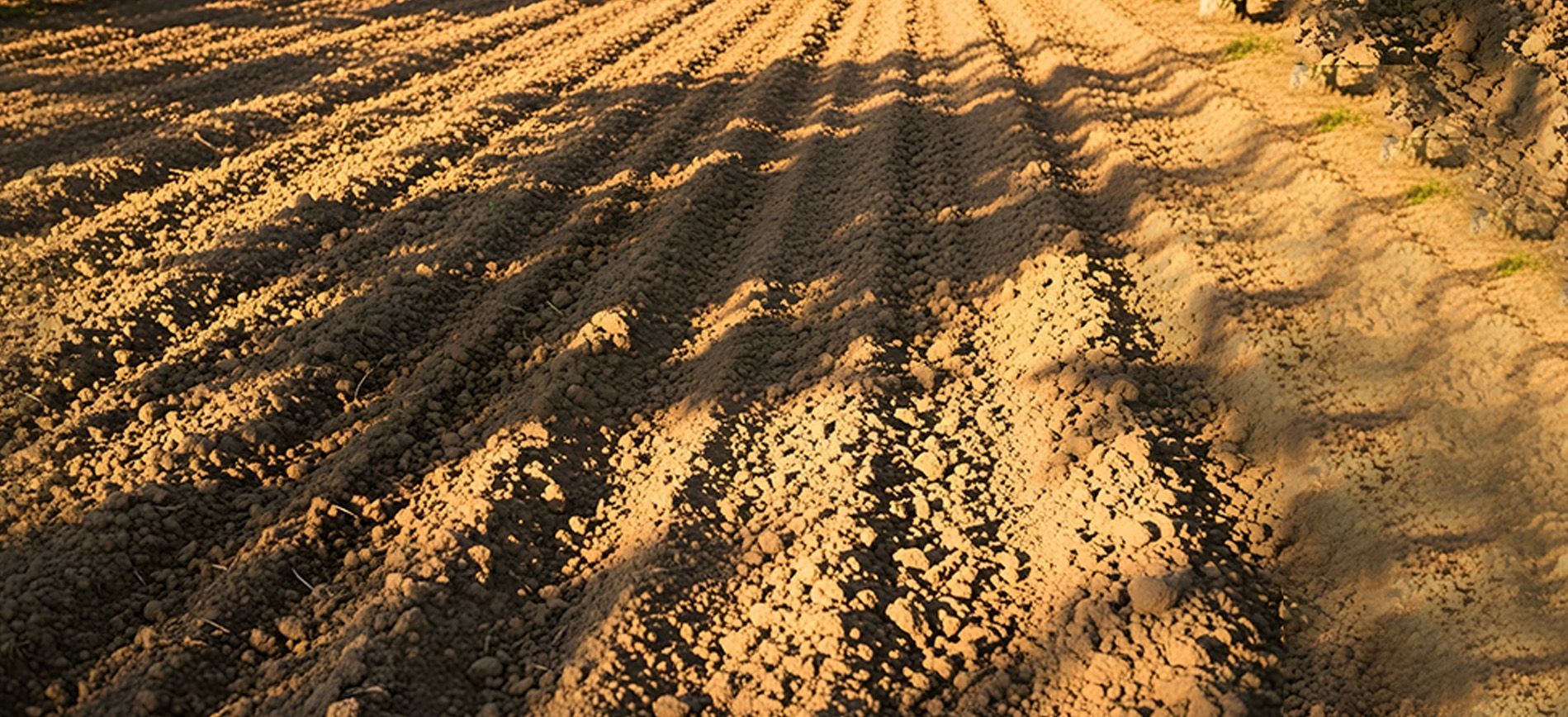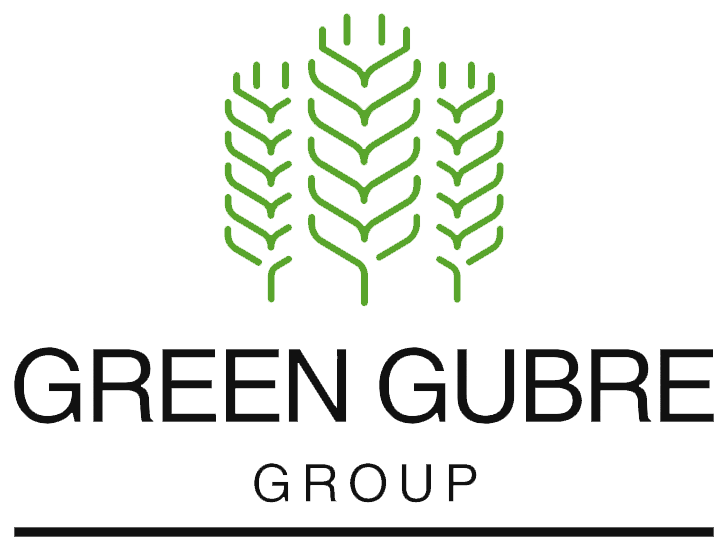Fertilizer Security in a Fragmented World – Risks and Resilience Strategies
Fertilizer Security in a Fragmented World – Risks and Resilience Strategies

Fertilizer Security Becomes a Global Priority
The global fertilizer market is not just about price—it’s about availability, reliability, and geopolitical resilience. As we move through 2025, the once-predictable flow of fertilizers like granular urea, prilled urea, and NPK blends has been disrupted by war, export controls, climate extremes, and logistical bottlenecks. Fertilizer security has become essential to agricultural and national policy, particularly in regions highly dependent on imports.
This blog explores the
risks threatening fertilizer security in today’s fractured world and outlines
strategies buyers and governments can use to ensure steady access to critical crop nutrients.
1. Geopolitical Risks and Fertilizer Disruptions
Key events have reshaped global fertilizer flows:
- Russia-Ukraine Conflict: Sanctions on Russian ammonia and the disruption of Black Sea ports have limited the supply to Europe and Africa.
- Red Sea Instability: Shipping through Suez is rerouted or delayed, pushing up freight costs from the Persian Gulf and Asia.
- China’s Export Controls: Temporary restrictions on urea and phosphate exports have removed millions of tons from the global market, impacting Asia and Latin America.
Outcome: Spot shortages, delivery delays, and panic buying cycles—especially during peak seasons—have become common.
2. Climate Volatility and Supply Chain Fragility
In 2025, extreme weather continues to wreak havoc on production and delivery:
- Winter gas shortages led to temporary urea production cuts in Europe and parts of Asia.
- Flooding in Southeast Asia and East Africa affected port access and the regional distribution of fertilizers.
- Brazil and India's drought impacted planting schedules, leading to off-cycle demand spikes.
These climate impacts amplify the need for
resilient supply planning and
better storage infrastructure.
3. Top Risks for Fertilizer Buyers in 2025
| Risk Category | First Example | Potential Impact |
|---|---|---|
| Export Restrictions | China, Egypt, and Russia are limiting NPK/urea exports | Supply shortages, price spikes |
| Conflict-Driven Disruptions | Red Sea, Black Sea maritime tension | Higher shipping & insurance costs |
| Market Concentration | Few countries produce 80% of the global urea | Buyer dependency & limited options |
| Currency Volatility | Fluctuations in Naira, Rupee, Real vs USD | Procurement budget instability |
4. Resilience Strategies for Urea & NPK Buyers
To mitigate risks and build long-term fertilizer security, buyers are advised to:
✅ Diversify Supply Sources
Work with multiple producers across regions (e.g., Middle East, CIS, North Africa, Asia) to reduce reliance on a single country or port.
✅ Invest in Strategic Storage
Establish regional warehouses and blending hubs to buffer against shipping delays or unexpected demand surges.
✅ Adopt Flexible Procurement Models
To manage freight risk, use a mix of FOB, CFR, and CIF contracts. Consider forward contracts during off-peak seasons.
✅ Monitor Policy & Weather Data
For proactive planning, track international export regulations, weather forecasts, and tender schedules using platforms likeArgus Media,ICIS, andCRU Group.
✅ Leverage Local Partnerships
Partner with local distributors and governments to access subsidy programs, rural networks, and fast logistics.
Green Gubre Group – Ensuring Fertilizer Security Through Strategic Supply
At Green Gubre Group, we understand the shifting dynamics of fertilizer trade and the need for resilient sourcing models. That’s why we offer:
- Multi-origin supply of granular urea, prilled urea, and custom NPK blends
- Tailored procurement solutions (spot, contract, and hybrid)
- In-market logistics and warehousing in Africa, India, and LATAM
- Real-time market intelligence and policy updates
Whether you’re a large-scale importer or a government agency, we support your fertilizer security goals with agility, trust, and insight.




